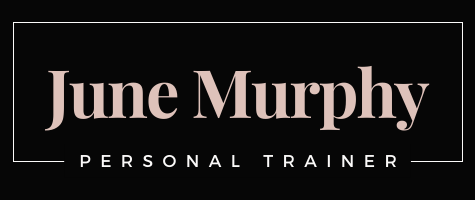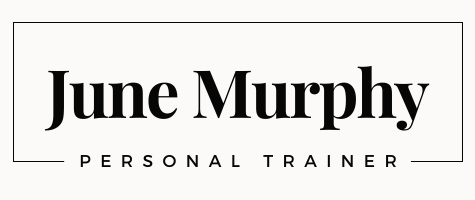Mastering the Fundamentals: Squats and Push-ups for Optimal Aging
Squats and push-ups are indeed beneficial exercises for individuals in the 50+ age group and seniors. They can help improve strength, mobility, and overall functional fitness. However, it’s essential to consider individual fitness levels, any pre-existing health conditions, and modifications that may be necessary. Always consult with a healthcare professional or a certified fitness trainer before starting any new exercise program.
1 Squats are an effective lower body exercise that can help improve leg strength, balance, and mobility. Here’s how you can perform squats with modifications for the 50+ age group and seniors:
a. Stand with your feet shoulder-width apart or slightly wider, toes pointing slightly outward.
b. Engage your core, keep your back straight, and maintain good posture throughout the movement.
c. Slowly lower your hips back and down, as if you’re sitting on an imaginary chair. Avoid going too low if it causes discomfort or compromises your form.
d. As you descend, you can place a chair or stability ball behind you to lightly touch it with your buttocks for additional support.
e. Push through your heels and return to the starting position by extending your hips and knees.
If you find it challenging to perform squats with your body weight alone, you can use a sturdy object, like a countertop or chair, for support. Hold onto the object while performing squats to assist with balance and stability.
- Modified Push-ups. Push-ups are a great upper body exercise that targets the chest, shoulders, triceps, and core muscles. However, they can be challenging for some individuals in the 50+ age group and seniors. Here’s a modified version of push-ups that can be more accessible:
a. Begin in a kneeling position on a padded mat or carpet.
b. Place your hands slightly wider than shoulder-width apart on the mat, with your fingers pointing forward.
c. Lower your upper body towards the mat by bending your elbows, while keeping your back straight and core engaged.
d. Once your chest is a few inches from the mat, push through your hands to return to the starting position.
Performing push-ups from the kneeling position reduces the amount of weight you’re pushing and makes it more manageable. As you gain strength and feel more comfortable, you can gradually progress to traditional push-ups on your toes.
Remember to start with a warm-up, focus on proper form, and listen to your body. It’s essential to gradually increase the intensity and difficulty of these exercises over time. If you experience any pain or discomfort, stop the exercise and consult with a healthcare professional. Additionally, incorporating a variety of exercises into your routine, including cardiovascular activities and flexibility exercises, is beneficial for overall fitness and well-being.

